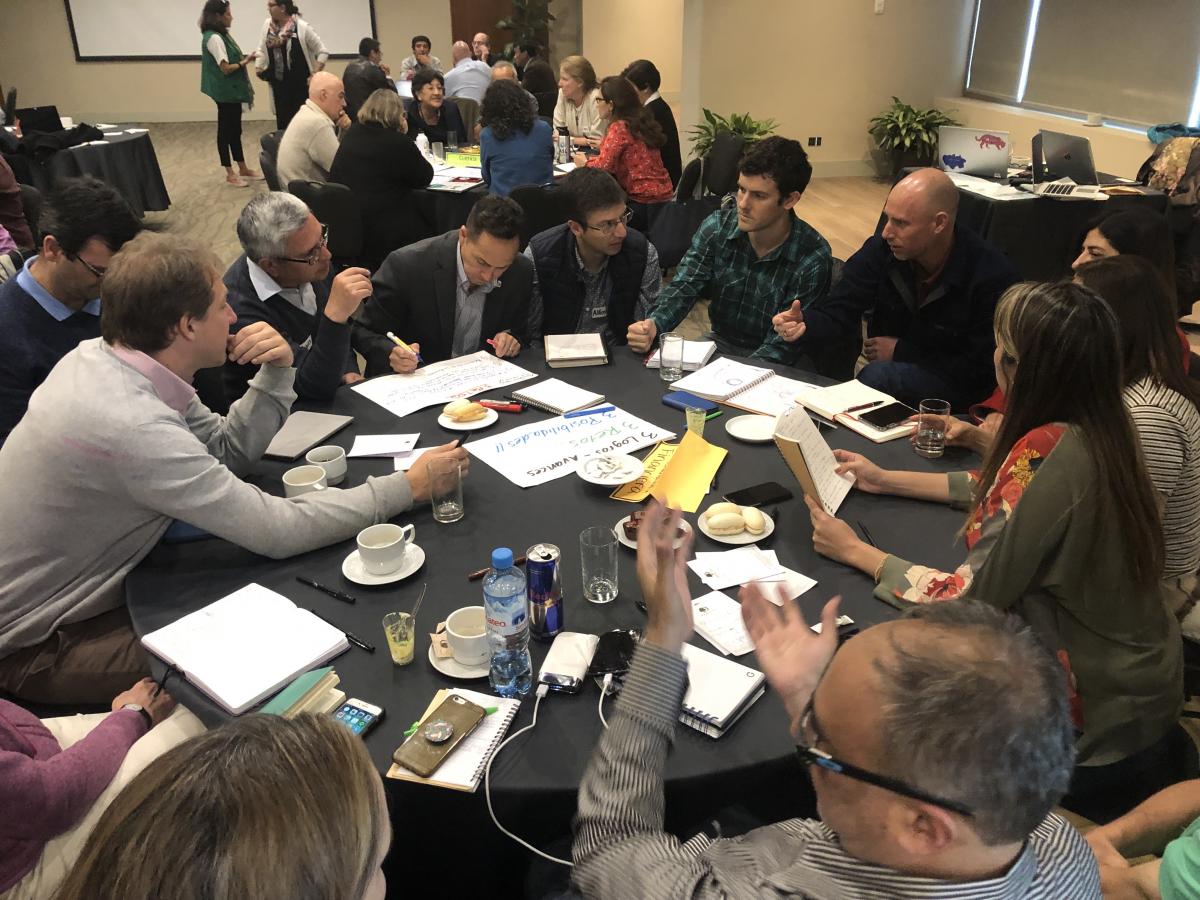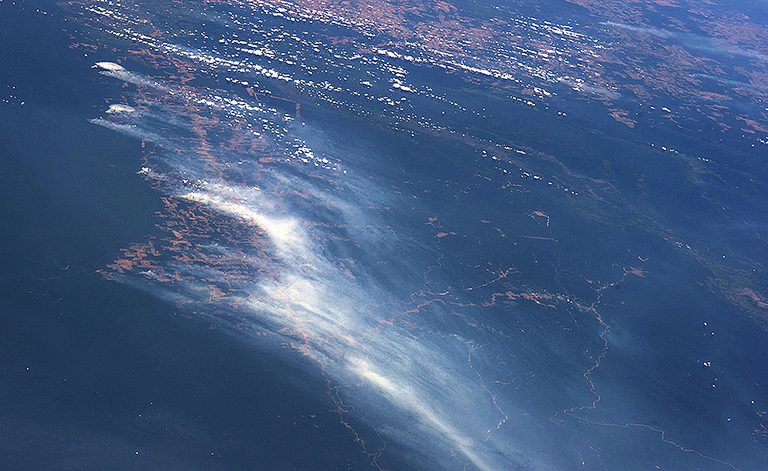Beyond the fires: connecting development partners for sustainability and environmental action in the Amazon
“The forest fires currently raging in the Amazon are sparked by climate change,”
stated the renowned Amazonian climate scientist Dr. Luis Campos Baca, of the Universidad Nacional de la Amazonia Peruana, in his opening address to The Gordon and Betty Moore Foundation and Andes-Amazon partners meeting, Oct 18 and 19, 2019. The discussion focused on sustainability of six priority forest mosaics in the Amazon basin, and on cross-cutting landscape issues, including infrastructure development and climate change. Interest in the IUCN Green List was tangible.
Dr Campos continued, “The climate crisis has affected productivity, destabilized the Amazon economy, and polarized political responses in the regional and national governments of this globally significant region.”
This set the tone for the two-days of intense discussions on alignment and joint action. IUCN is a new collaborator in the Andes-Amazon Initiative of the Gordon and Betty Moore (GBM) Foundation. IUCN joined the partners meeting along with 80 other representatives from Foundation partners.
Support from the GBM Foundation to the IUCN Green List region has just been announced by AAI executive director Avecita Chichón, during a special Green List event at the CAPLAC III Congress. How to implement the Green List in the region was the main topic of discussion with IUCN during the meeting.
“The Green List offers a clear benchmark for success in nature conservation areas in the Amazon. This is particularly relevant in the context of the climate crisis. The Green List process can help a protected area develop, implement, and account for contributions to climate change adaptation and mitigation efforts,” commented James Hardcastle, IUCN’s representative at the meeting. “A Green List certified conservation area is one that can clearly demonstrate its contribution to climate change and articulate its success in maintaining natural and cultural heritage.”
Through the GBM Foundation project's “fair and effective protected and conserved areas in the Amazon”, led by IUCN, it is hoped that Madidi and a number of other important areas will seek to achieve the Green List standard and receive appropriate recognition for their efforts.
“We are exploring how to use the IUCN Green List to support a clear focus on combatting climate change in the Madidi-Tambopata landscape mosaic” added Marcos Terán, “based on further dialogue with Government and local partners, we can see how the incentives offered by the Green List programme can help us reposition Madidi National Park as a climate solution to people and nature in Bolivia.”
The approach of the GBM Foundation in providing a partners’ platform is highly successful, creating a sense of transparency and trust between development donors and their partners and among conservation actors. IUCN welcomes the new engagement with the foundation and, as the fires subside, looks forward to reporting more on the success stories in the region.
Some of the 80 GBM Foundation partners attending the two days of meetings included: the World Bank, Conservation International, WWF, Government nature protection agencies such as Parques Nacionales de Colombia and the Peru Protected Areas Agency (SERNANP), and indigenous people’s support groups and local NGOs such as the Instituto del Bien Comun (IBC) and the Association for Research and Conservation of Andean-Amazonian Ecosystems (ACEAA) in Bolivia.





